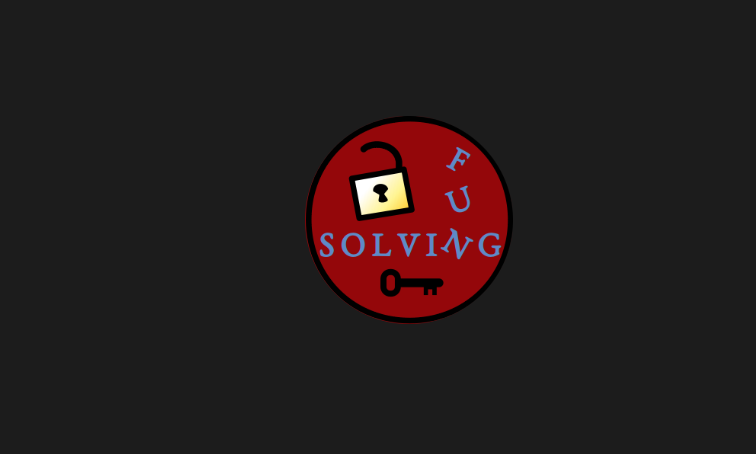Jump to:
Organization — About the Puzzles — Structure — Tips for Solving and for Collaborating.
Errata and updates: (let me know if you find some bug!)
• (none yet!)
—
Organization
- This game is a private event that has been created for the participants of the program Berkeley Connect in Math. Puzzles may contain references to Berkeley and to math. Participants will meet online and solve the puzzles in teams of 2-5 people.
- This is a private event. Please ask me for permission before sharing a puzzle with someone not related to the program.
- Please don’t reveal the answers to people who haven’t played yet.
- It is not necessary to print the puzzles (but feel free to do so if you prefer working with pen and paper!). If you don’t print, it is useful for some puzzles to have a way to annotate or draw on the pdf electronically.
- There is no prize for the teams that finish the hunt, except the satisfaction and the fun you get from solving puzzles 🙂 . The solving times for each team are collected: see Leaderboard.
—
About the Puzzles
- The puzzles in this game are not math puzzles. They are in puzzle-hunt style: they come with no, or minimal, instructions. The first step is to figure out what to do, and use the information or data to extract some meaning. They often require one intuitive leap in thinking (or aha-moment) to solve.
- The goal is to find the answer to each puzzle. The answer is always an English word or an English phrase.
- Each answer must be entered in a specific field (in a Google Form) just below the corresponding puzzle in each chapter. The form will validate if and only if this is the correct answer. You should write each answer in lowercase, and without spaces. Submitting your answer in the form also enters your team into the “leaderboard” for each puzzle.
- To access the final puzzle (“metapuzzle”) you need to enter all three puzzle answers again in a new Google Form.
- Each puzzle is entirely contained in a pdf file. You don’t need to do technical things to the pdf (nothing hidden in the metadata or concealed by steganography!). There are no clues on this website outside the pdf files. In particular, you don’t need to look at the source code.
- You may use the internet to search for information (some of the puzzles are impossible to solve without looking things up).
—
Structure
- There is a (light) story integrating the puzzles.
- The puzzle page has 3 puzzles and 1 metapuzzle. (the webpage is password-protected)
- To access the metapuzzle, you first need to solve the 3 first puzzles.
—
Tips for solving
(what to do if you are stuck)
- If you are confident in your answer, but the form does not accept it, check that you typed it correctly (lowercase, without spaces), and that you indeed have the complete answer (in some puzzles there may be an indication of the word length(s) of the answer).
- Re-read the title and the introductory text carefully. They may contain clues.
- Consider what information you haven’t used yet.
- Thoroughly check the work that you’ve already done.
- Google things you don’t know. Google things you know.
- Take a break, look at another puzzle, ask a friend.
- Look up a specific hint in the Hints page, or ask for a personalized hint to the facilitator in the event, or by email.
—
Tips for collaborating
(when solving as a team during a videoconference)
- Use a shared folder (e.g. in Google Drive) and share notes in documents or worksheets among your team.
- One team member can share their screen with the puzzle on it, so that everyone can annotate the screen (depending on your videoconference software, you may need to explicitly allow annotation in the adjustment options before starting the meeting).
- Use the virtual whiteboard in the videoconference software.

